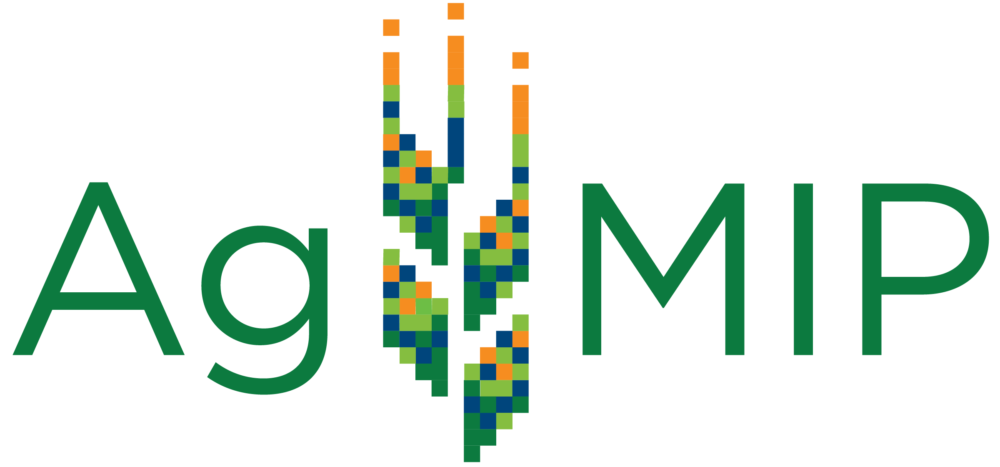by Site Administrator | Feb 26, 2021 | Uncategorized
The Climate Impacts Group at NASA Goddard Institute for Space Studies and Columbia Center for Climate Systems Research announces the official release of the video Science & Art in the Time of Coronavirus, which can be viewed here: In March 2020,...
by Erik Mencos | Oct 9, 2019 | Uncategorized
The Global Research Alliance on Agricultural Greenhouse Gases (GRA) brings governments, research institutions, and other organizations together to find ways to grow more food (and more climate-resilient food systems) without increasing greenhouse gas emissions. It has...
by Site Administrator | Jul 16, 2019 | Uncategorized
Goals: Bioenergy-crop models will be incorporated into the AgMIP suite of assessment and MIP exercises through the development of new field-scale crop model improvement pilot projects and through inclusion in the Global Gridded Crop Model Intercomparison (GGCMI). The...

by Site Administrator | Jul 18, 2018 | July 2018, news
Global Crop Loss Conference Synthesis and Executive Summary An international conference on global crop losses recently convened to assess how plant diseases, pests, and weeds negatively affect crop health, crop performances, ecosystems and society. The conference was...
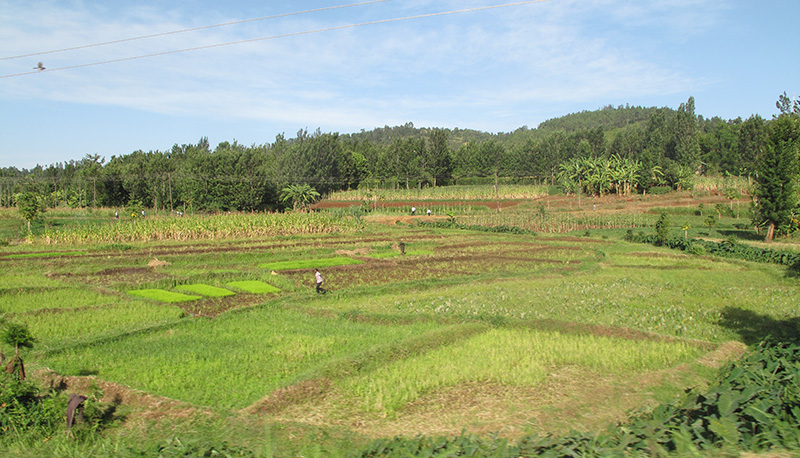
by Site Administrator | Jul 18, 2018 | July 2018, news
Effects strongest in areas with greatest warming and in the tropics. Agriculture is arguably the sector most affected by climate change, but assessments differ and are thus difficult to compare. As the world’s population grows, understanding which crop types and...
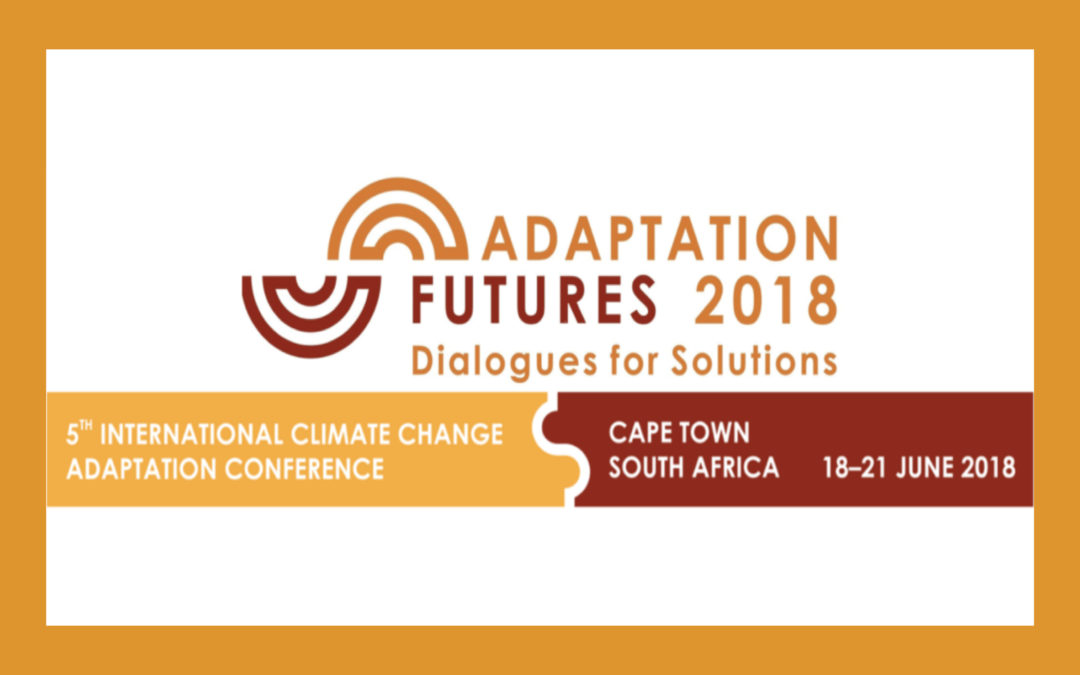
by Site Administrator | Jun 12, 2018 | June 2018
AgMIP, together with the US Agency for International Development (USAID), is co-hosting Session S154 on Tuesday, June 19, 2018 at 11:30 am in venue 1.64 entitled Improving resilience for food and health in Africa with science. The session regards the use of climate...
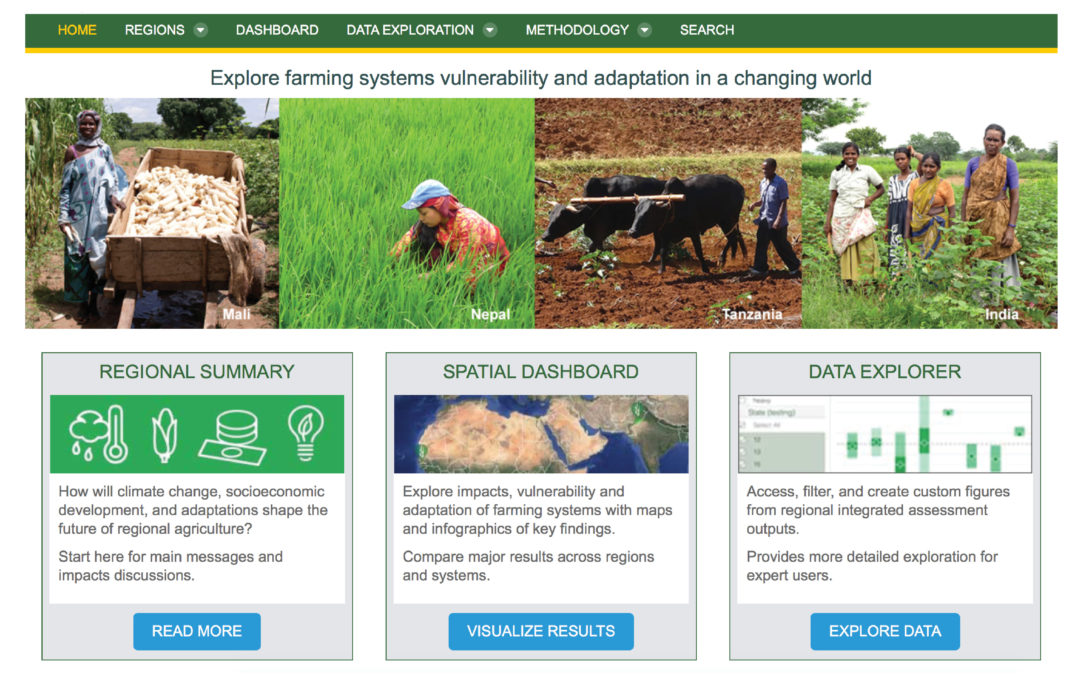
by Site Administrator | May 14, 2018 | Climate, May 2018, news
The Impacts Explorer is built on stakeholder assessment and was created to bridge the gap between research outputs and easily accessible information. The goal is to create easy access to real time and future projections of risk and vulnerabilities in the agricultural...
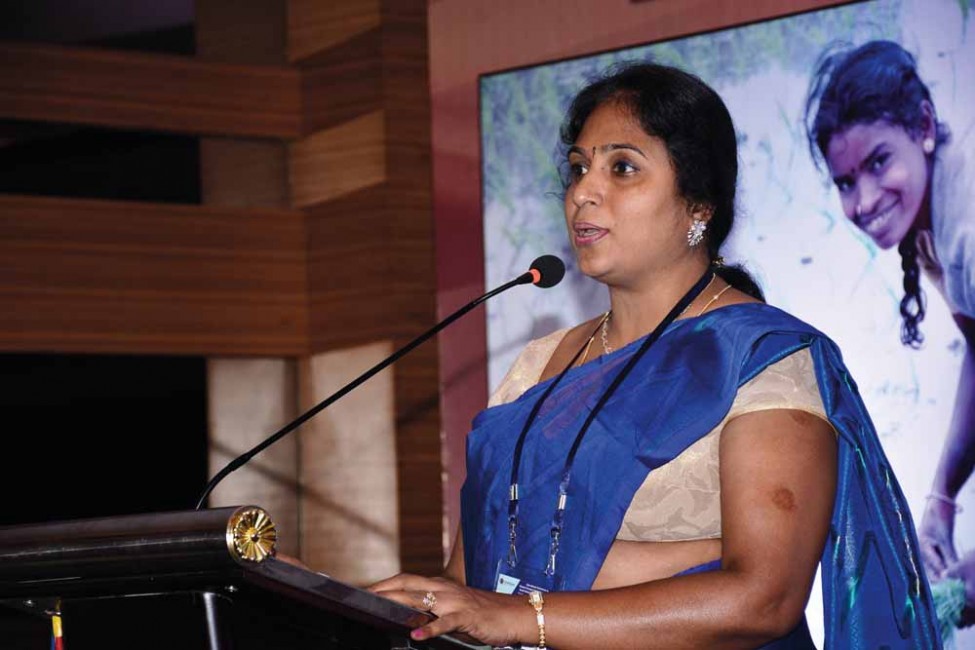
by Site Administrator | Apr 4, 2018 | April 2018, Uncategorized
Highlights of a recently published article on AgMIP India work: Indian agriculture in the face of climate change By: Amanda Evengaard and Carolyn Mutter In India, people and especially farmers, depend on the monsoon. The timing and amount of the rain is of high...
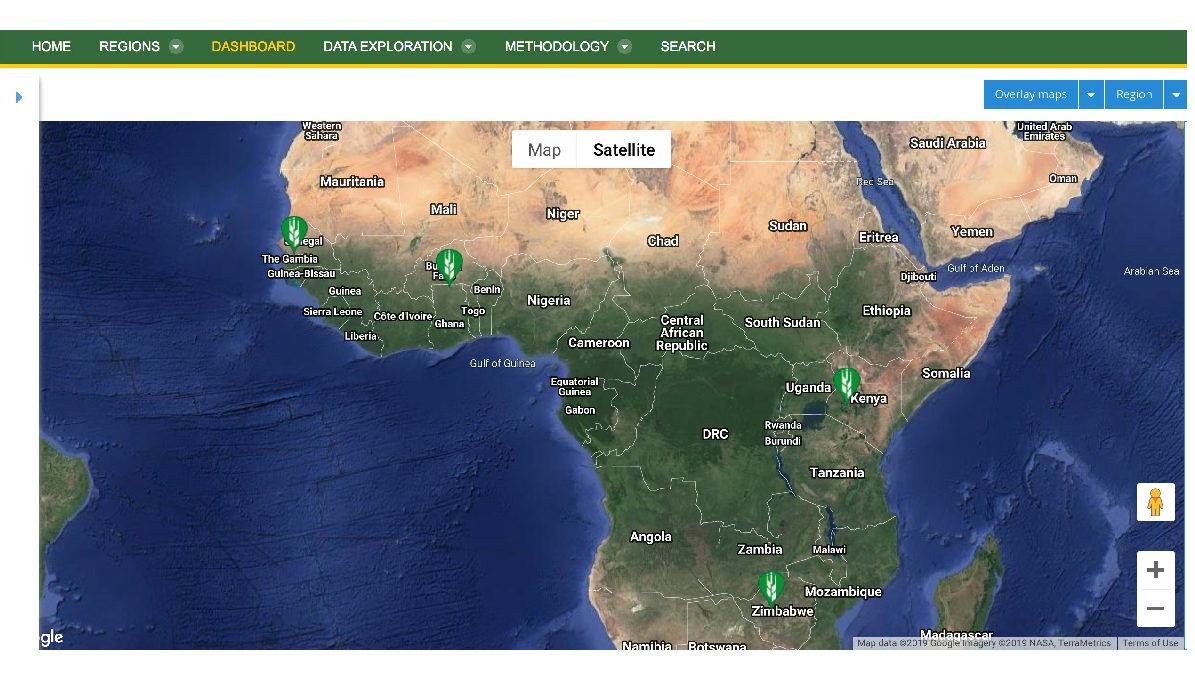
by Site Administrator | Feb 24, 2018 | February 2018, NextGen
Demonstration video now provides walk-through for how to view product A walk-through video is now available to provide a new way to learn about the Impacts Explorer tool. The video demonstrates and explains the key elements of the visualization tool and how to...
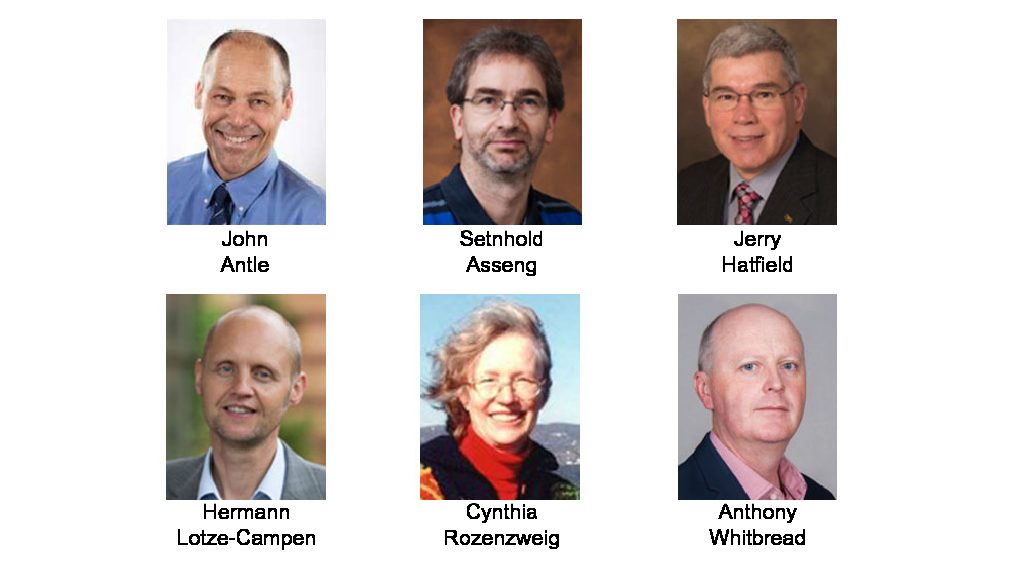
by Site Administrator | Oct 20, 2017 | October 2017, Uncategorized
The Steering Council Co-Chairs of the Agricultural Model Intercomparison and Improvement Program announce the newly established Executive Committee, and its members. By: Greg Reppucci The evolution in leadership from Co-Principal Investigators to an Executive...







